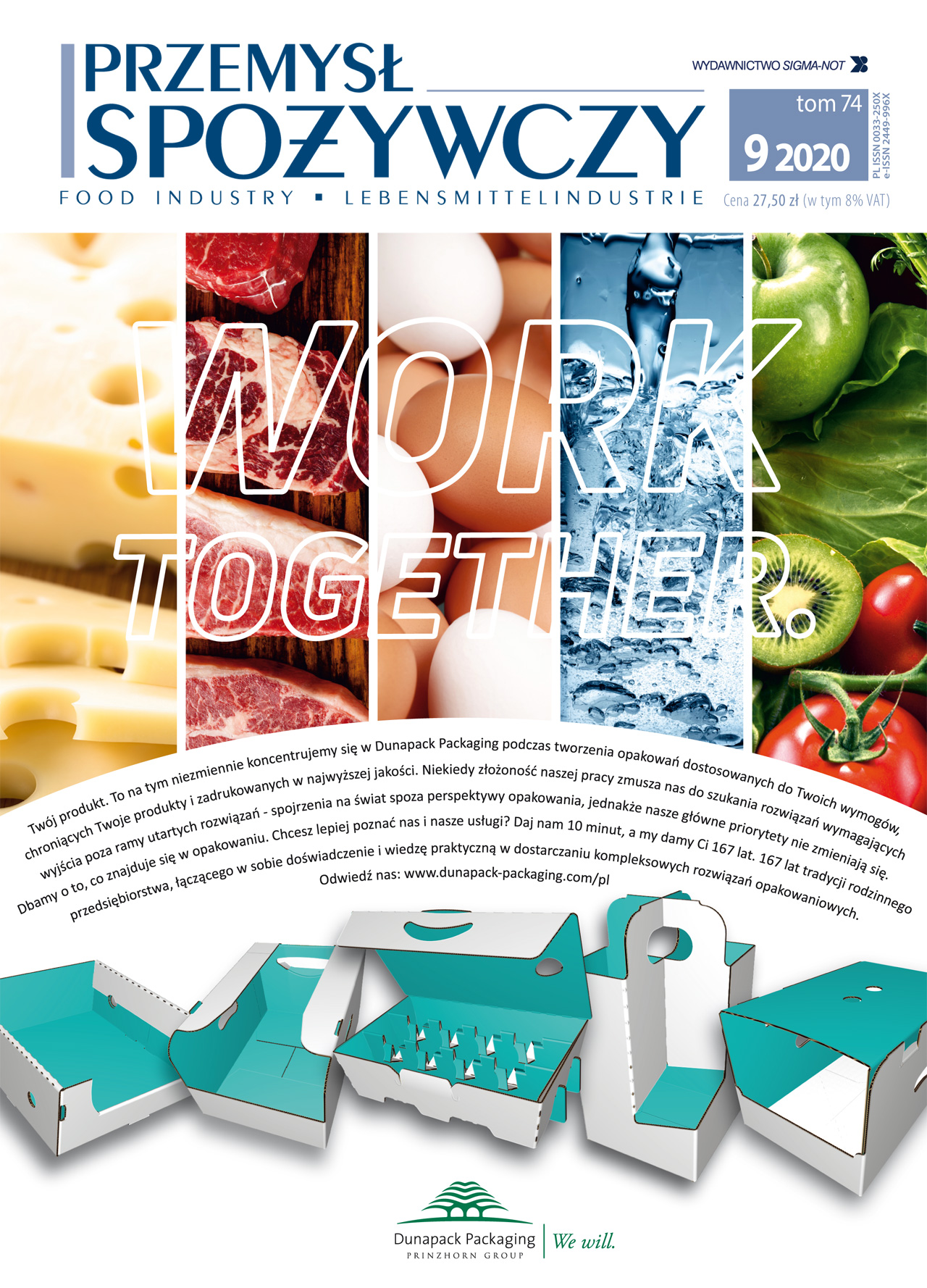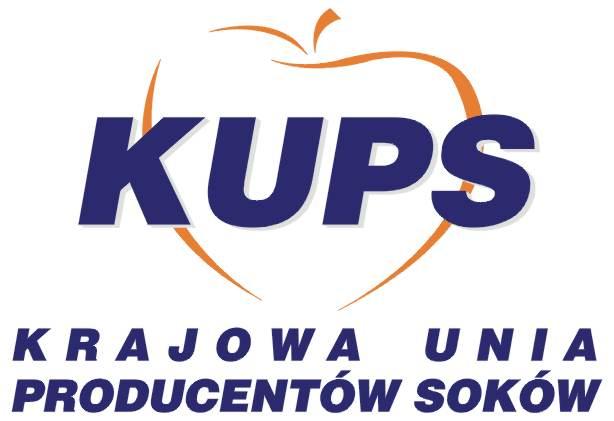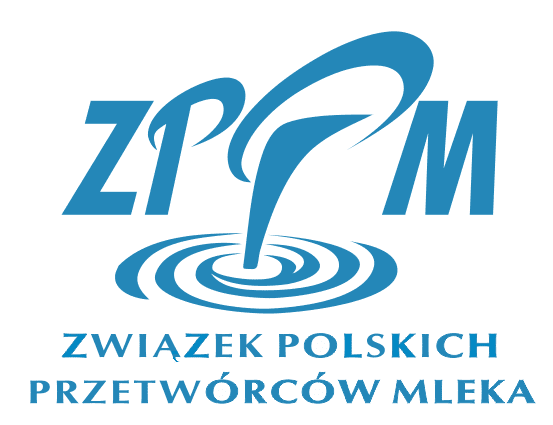ECONOMY
- 2 Development of Polish Agri-Food Foreign Trade during COVID-19 pandemic – Małgorzata Bułkowska
The article presents changes in Polish foreign trade in agri-food products in 2020 and the prospects for its further development in the conditions of the COVID-19 pandemic. Despite the restrictions introduced in the economy, difficulties in the transport of goods and changes on the demand side, competitive advantages allowed Poland to strengthen the position of a net exporter of food. In 2020, the value of Polish agri-food exports increased by 8%, reaching EUR 34.3 billion, while the value of imports increased by 6.7% to EUR 22.7 billion. Thus, the trade surplus amounted to EUR 11.6 billion and was 10.6% higher than in 2019. The growth in exports was mainly supported by the situation on the global cereals market, as well as the zloty exchange rate favorable for exporters. The ability to increase the presence on non-EU markets will be of key importance for maintaining the high dynamics of exports. An improvement in export prospects may also be brought about by increasing the share in sales of products with higher added value and with a higher margin.
KEY WORDS: foreign trade, agri-food products, COVID-19 pandemic, brexit
- 10 Directions of Changes in Gastronomy in Pandemic – Anna Gramza-Michałowska, Bartosz Kulczyński
Recent months have been dominated by the Sars-CoV-2 virus pandemic, which has changed gastronomy and mass nutrition for many years to come. Its impact on the food system around the world has been unprecedentedly rapid and dramatic. Gastronomy is one of the key elements of the food industry, where the impact of the pandemic crisis has been and is often a factor causing the impossibility of functioning, and thus the liquidation of many restaurants, bars or hotels, and huge losses for cooperating companies . In the event of an epidemic threat, gastronomy was faced with the question of what actions should be taken to contribute to changing the way gastronomy functions and what are its main advantages and challenges.
KEY WORDS: gastronomy, catering, pandemic, consumer
LAW
- 12 The current legal status in the field of lead and cadmium contamination of foodstuffs – Monika Mania
The article presents the use of insects in poultry nutrition as a good source of protein and fat, replacing expensive, high protein feed. The nutritional value of selected insects was characterized. The possibilities of using insects in poultry nutrition and their influence on animal welfare and meat quality were presented. Opportunities and barriers in the use of insects in broiler nutrition were presented. It has been shown that the use and implementation of new feed additives, i.e. insect meal in complete mixtures for farm animals including poultry, is promising. Further research is needed on their nutritional value, levels of incorporation into diets and functional properties of this type of feed ingredient
KEY WORDS: feed additives, insects, broiler nutrition, meat quality
FOOD – FEEDING
- 15 Insects As a Source of Nutrients in The Nutrition of Broilers – Halina Makała
The article presents the use of insects in poultry nutrition as a good source of protein and fat, replacing expensive, high protein feed. The nutritional value of selected insects was characterized. The possibilities of using insects in poultry nutrition and their influence on animal welfare and meat quality were presented. Opportunities and barriers in the use of insects in broiler nutrition were presented. It has been shown that the use and implementation of new feed additives, i.e. insect meal in complete mixtures for farm animals including poultry, is promising. Further research is needed on their nutritional value, levels of incorporation into diets and functional properties of this type of feed ingredient.
KEY WORDS: feed additives, insects, broiler nutrition, meat quality
- 20 Nutritional Value of Non-Bread Cereals and Their Industrial Use – Jagoda Kępińska-Pacelik, Wioletta Biel
The use of non-bread cereals such as oats, barley or buckwheat in the food industry is gaining popularity due to their valuable chemical composition. It has been suggested that these species should be used for functional food production. Oats have a unique chemical composition, and the combination of nutrients and non-nutrients they contain makes them very useful in human nutrition. In addition to common oats, the interest in naked oats is also growing. The beneficial effects of oat consumption are attributed mainly to the presence of β-glucan or aventramides. Barley is also now used in the production of food with functional properites. Research indicates the possibility of introducing oat and barley ingredients into the composition of cereal products (including bread), which allows for obtaining products with acceptable sensory characteristic while increasing the health-promoting properties of the final product. Buckwheat is also anon-bread grain – until recently it was seen almost exclusively as an ingredient of bread for people suffering from celiac disease. Buckwheat is also used in.
KEY WORDS: common buckwheat, common barley, common oats, non-bread cereals
- 28 Characteristics Of the Polish Online Market for Cold Pressed Oils – Natalia Goździk, Małgorzata Wroniak
The aim of the study was to characterize the Polish online market for selected cold-pressed oils. The assortment of 6 cold[1]pressed oils (olive oil, rapeseed oil, sunflower oil, linseed oil, saffron oil, hemp oil) has been analysed in two types of online stores: supermarkets and specialist stores taking into account their availability, price, country of origin, type of packaging and capacity. There were 41 types of cold-pressed oils available on the Polish online market, with total of 330 products. The analysed oils from 6 selected raw materials accounted for as much as 51% of the researched market. Online specialty stores offered the largest and most varied assortment, while supermarkets mainly sold olive oils. The cheapest oil offered was rapeseed oil at PLN 17.98/ l, and the most expensive was hemp oil at the price of PLN 249.00 / l. Oils from 7 different countries have been reported. The most popular packaging was dark green and brown glass bottles with a capacity of 500 ml.
KEY WORDS: cold-pressed oils, e-commerce, Polish online market
LOGISTIC – PACKAGING
- 35 Life Cycle Assessment (LCA) of Packaging in The Concept of Sustainable Development – Iwona Szymańska
Sustainable development involves a balance between environmental and social requirements and the development of the economy. Improper packaging can increase the food and packaging waste, and at the same time impoverish the environment. Therefore, the packaging industry has to cope with increasingly restrictive legislative provisions, which define, inter alia, greater recovery and recycling of the required packaging waste. The LCA method allows the environmental impact of packaging to be assessed throughout the life cycle, taking into account different impact categories (e.g. substance emissions, land use, fossil fuel consumption) and damage categories (human health, ecosystem quality, resources). Scientific research shows that reliable LCA analysis allows for the selection of the optimal packaging solution, including the composition of the packaging material, the shape and size of the packaging or the packaging.
KEY WORDS: packaging, wastes, food losses, sustainable development, life cycle assessment, LCA method
EVENT
- 43 75 years of the Scientific and Technical Association of Food Industry Engineers and Technicians – Bronisław Wesołowski




